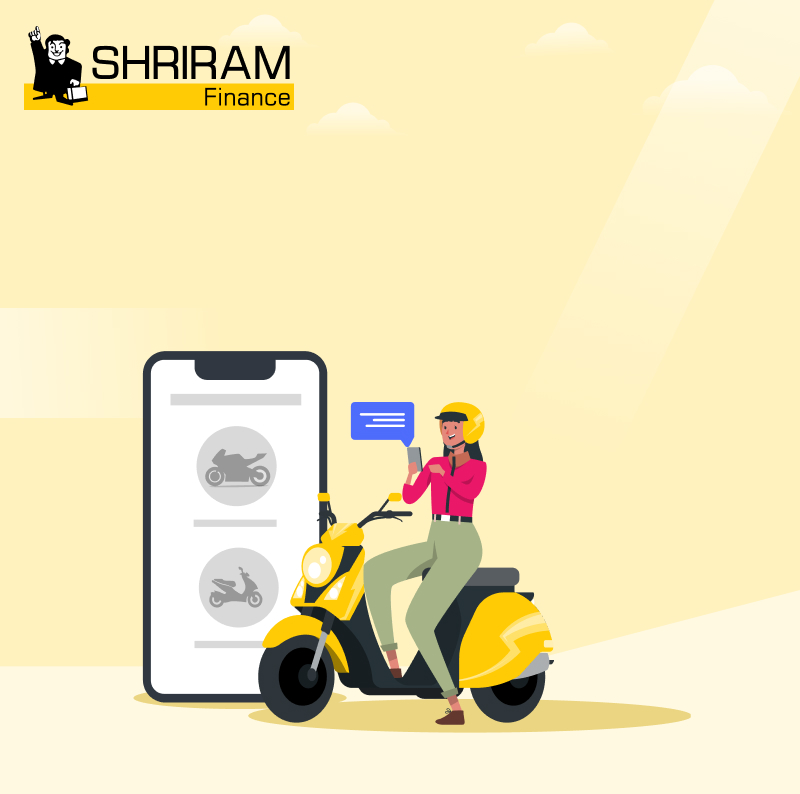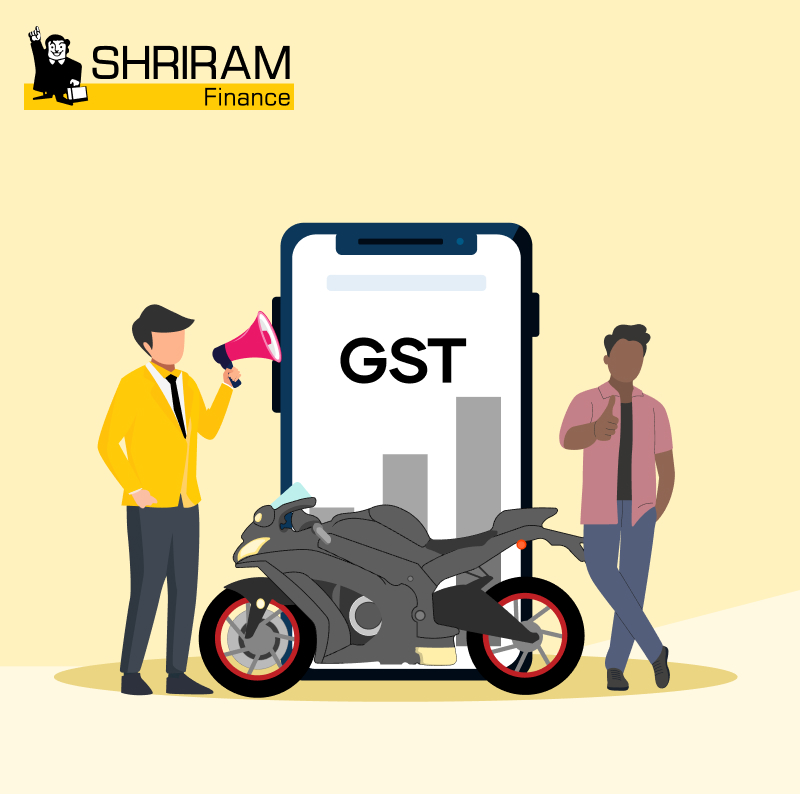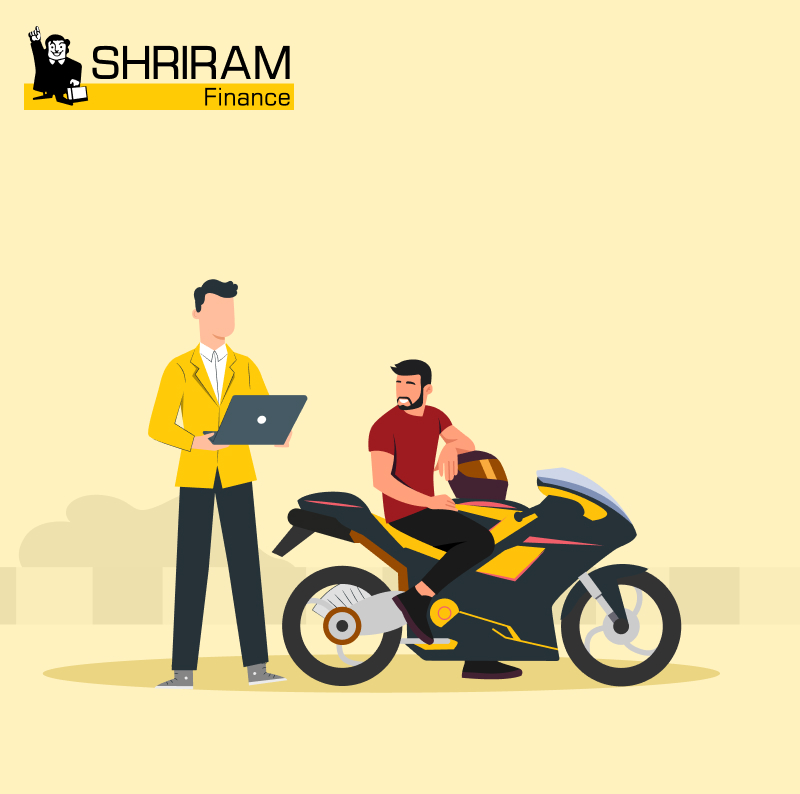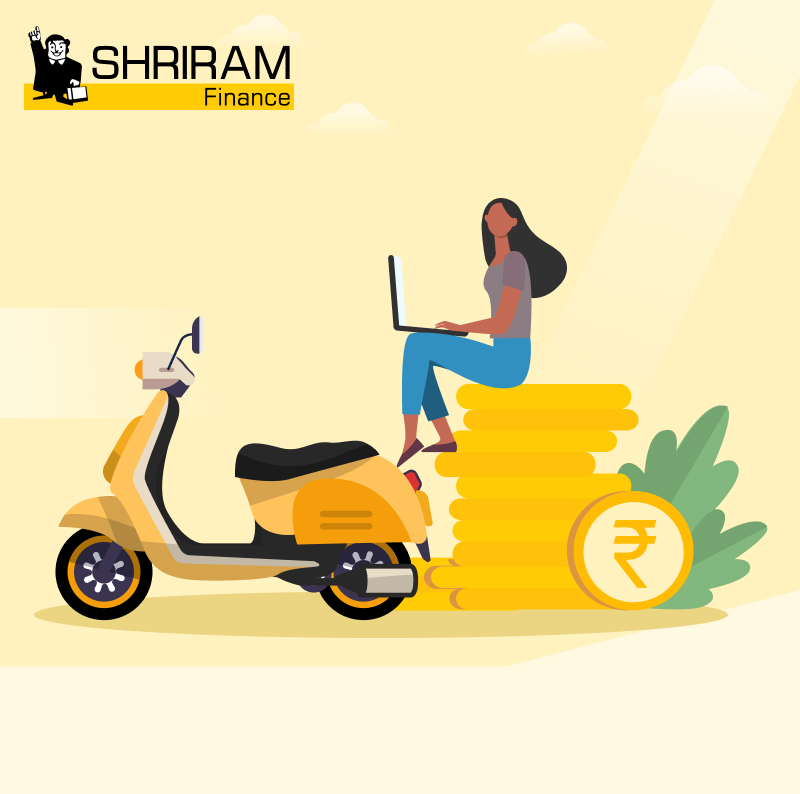In the past few years, there has been a substantial rise in the demand for two-wheelers and motorbikes in India. Two-wheelers are not only convenient to ride but are equally affordable. Hence, it has emerged as one of the most convenient and preferred modes of transport among individuals.
While many individuals use their accumulated savings to buy a two-wheeler, some resort to loans. Two-wheeler loans are easily accessible and give individuals quick funds to finance their bikes. Let’s understand what these loans are all about and the interest rates and other charges associated with them.
Key Highlights
- Two-wheeler loans are secured loans allowed to fund the purchase of a bike or a scooter
- The loan is offered by multiple lenders at different interest rates which is payable on the outstanding loan amount.
- GST is also applicable on the cost of a two-wheeler as well as on the service charges associated with the loan.
- Other charges payable for the two-wheeler loan include the processing fee, foreclosure charges, etc. depending on the services needed.
What is a Two-Wheeler Loan?
A two-wheeler loan is a type of secured loan given to individuals by various financial institutions to help them purchase two-wheelers or motorbikes of their choice.
Key Features and Benefits of a Two-Wheeler Loan
Some of the salient aspects of a two-wheeler loan are as follows -
- Any individual, either salaried or self-employed, can apply for a two-wheeler loan.
- The repayment tenure of a two-wheeler loan differs from one lender to another.
- Two-wheeler loans attract certain taxes and do not offer any kind of tax exemption to the borrower.
- The financial institution usually hypothecates the financed vehicle during the repayment tenure. This is done in order to safeguard the interests of the lending institution against repayment defaults. Once the loan is paid, the hypothecation is removed.
- Two-wheeler loans can be availed offline and online. While the offline mode requires you to visit the financial institution’s branch, the online mode allows you to get the loan from your home or office.
Did You Know?
The hypothecation on two-wheelers means that the lender owns the vehicle till your loan is repaid. If you default on the repayment, the lender can repossess the vehicle, sell it off and release the outstanding loan amount. If you sell a bike that is hypothecated, you need a No Objection Certificate (NOC) from the lender and the lender has to allow the sale.
The Role of Goods and Service Tax (GST) on Two-Wheeler Loans
Goods and Services Tax (GST) plays a vital role in the two-wheeler industry and directly affects the price of the motorbike/two-wheeler, thereby, affecting the overall interest rate and the applicable charges on a two-wheeler loan.
Let’s discuss this in detail
- No GST charge is levied on repayment of the loan or any kind of interest payments made by the borrower.
- As per the new GST law, bikes with engines below 350 cc which were previously being taxed at 30% will now be taxed at 28%.
- Bikes with engines above 350 cc have to bear an auxiliary tax of 3% over the existing base rate of 28%.
- New GST charges have also caused a price hike in the service-related expenses of the loan like the processing fee and other charges.
Interest Rates of a Two-Wheeler Loan
The interest rate on a two-wheeler loan differs between various financial institutions.
Different factors determine the interest rate of a two-wheeler loan. These include the following:
- The credit score of the borrower
- The loan tenure
- The principal amount to be borrowed
- The lending policies of the financial institution.
Other Charges Levied on a Two-Wheeler Loan
Various charges are associated with a two-wheeler loan. These include the following:
Processing Fee
Financial institutions charge a certain processing fee for every loan that they disburse. The charges are fixed and one-time payable at the time of loan application.
Insurance Premium Charge
A two-wheeler insurance policy is mandatory per law. The premium payable for the insurance coverage is also included in the loan cost.
Foreclosure Charges
Foreclosure charges are levied when the borrower chooses to pay off his entire loan at once. These foreclosure charges again depend upon the lending institution’s policies and may differ from one to another. Shriram Finance charges a pre-closure charge of 4%* and above, depending upon the loan policy.
Lending Amount
Financial institutions sanction loan amounts up to a certain percentage of the on-road price of the two-wheeler. The sanctioned loan amount varies between different institutions. The sanctioned loan amount directly affects the amount of down payment that has to be paid by the applicant. The higher the sanctioned amount; the lower the down payment amount and vice versa. It is advisable to opt for two-wheeler loans through institutions that offer higher loan amounts.
Conclusion
Two-wheeler loans are a convenient way to finance your new bike. They give the necessary funds and can be repaid affordably over a flexible tenure and at cost-effective interest rates. So, know the interest rates, GST, and other charges associated with a two-wheeler loan before you apply for one. Compare and find a lender offering the most competitive loan terms and low interest rates.
Shriram Finance with its competitive interest rate and quick and hassle-free disbursal of loans has proven to be an efficient and trustworthy financing partner for all. With its two-wheeler loans, you can get up to 100% funding for your bike at low interest rates and convenient repayment tenures.
































